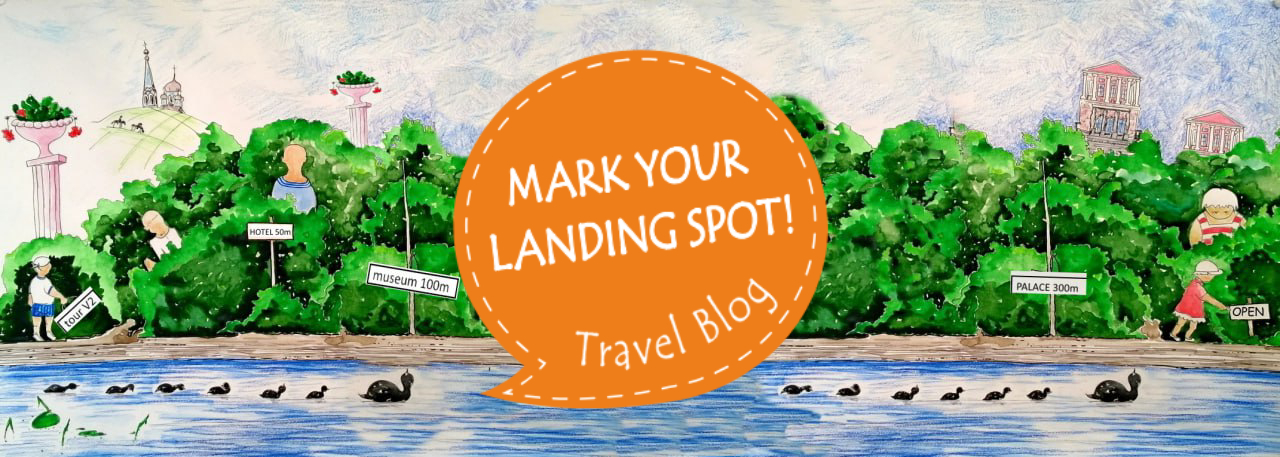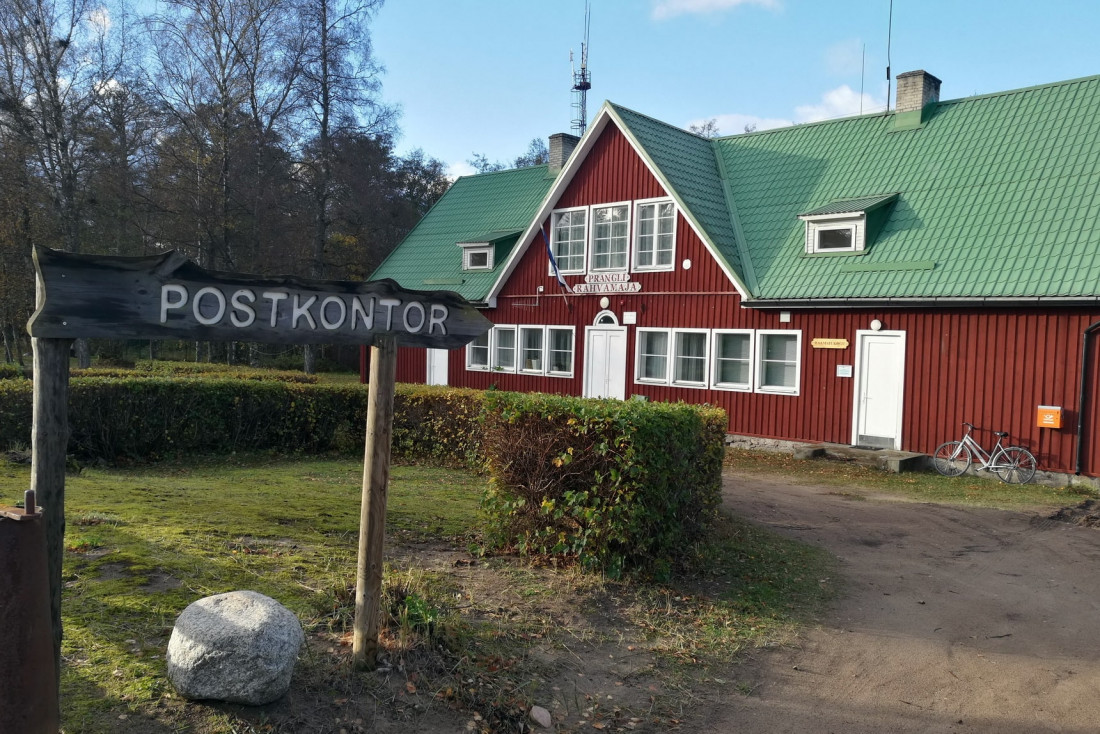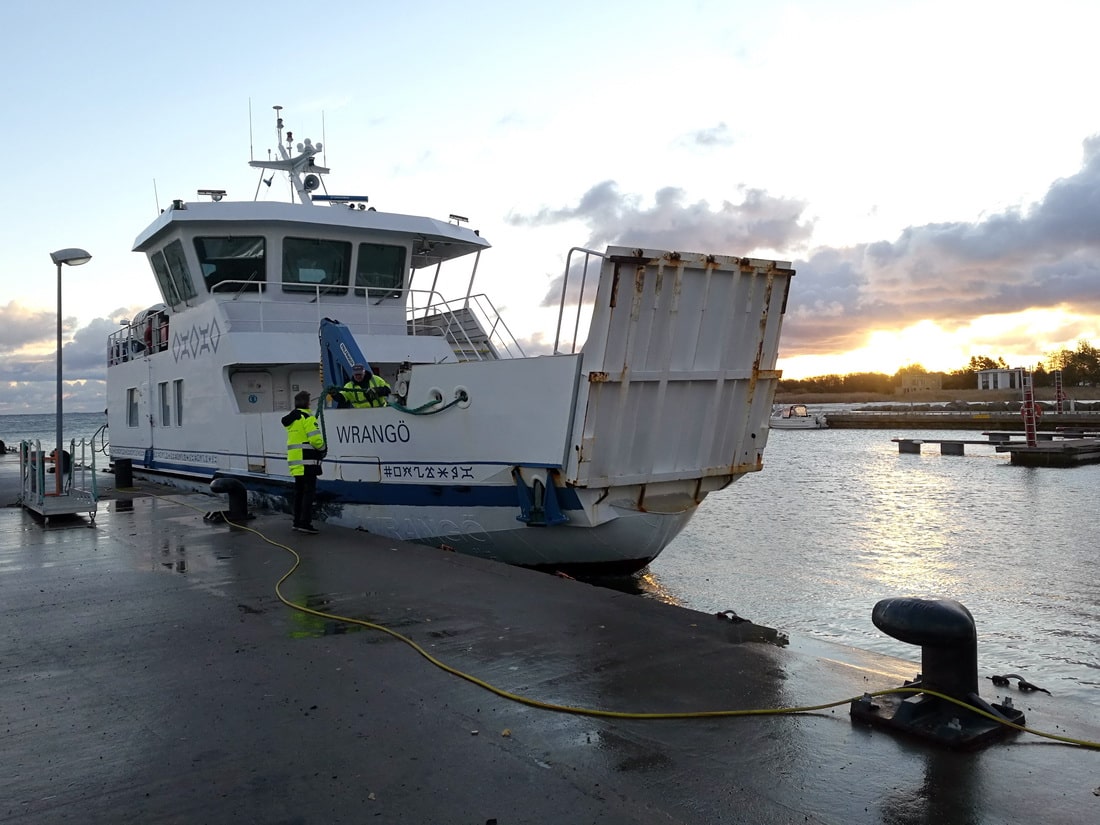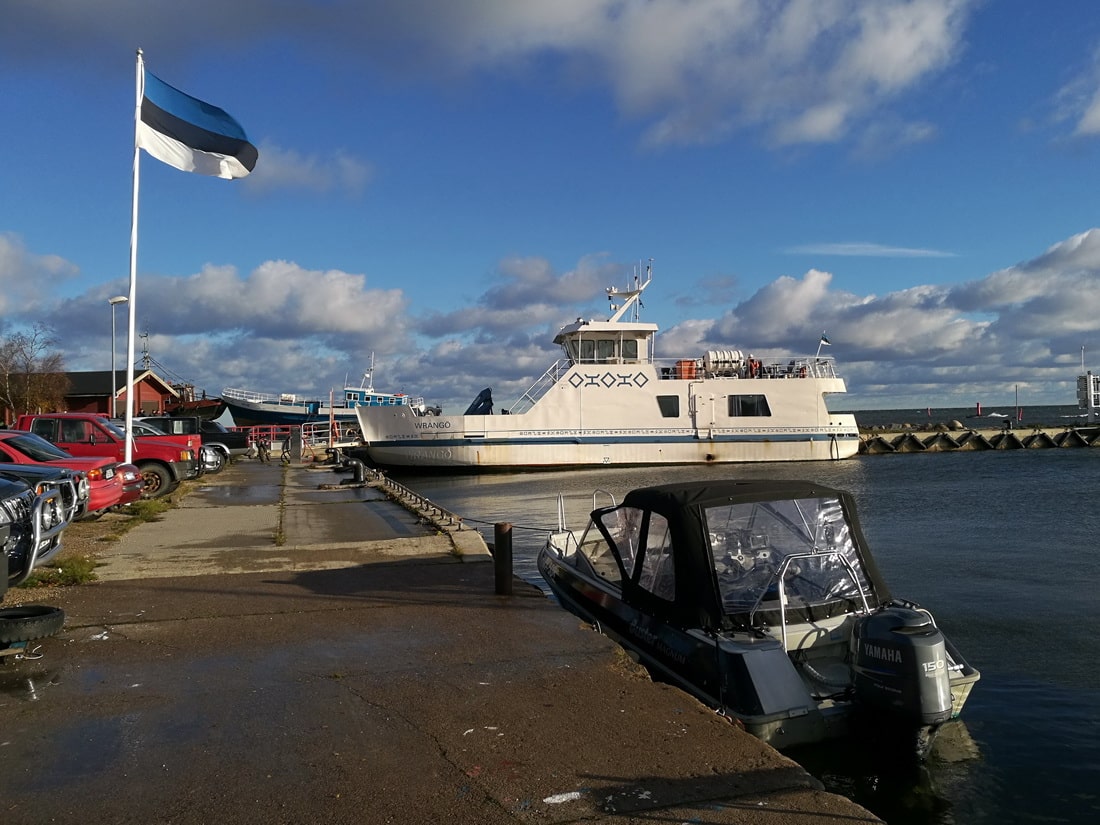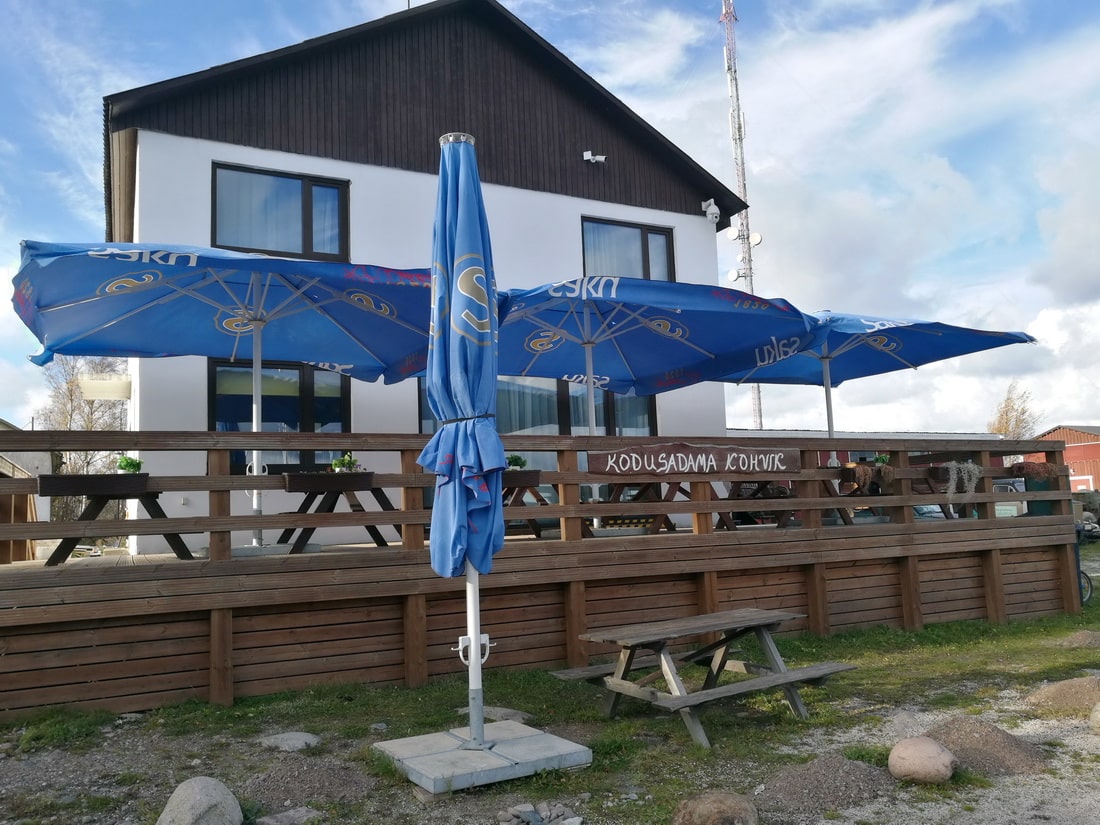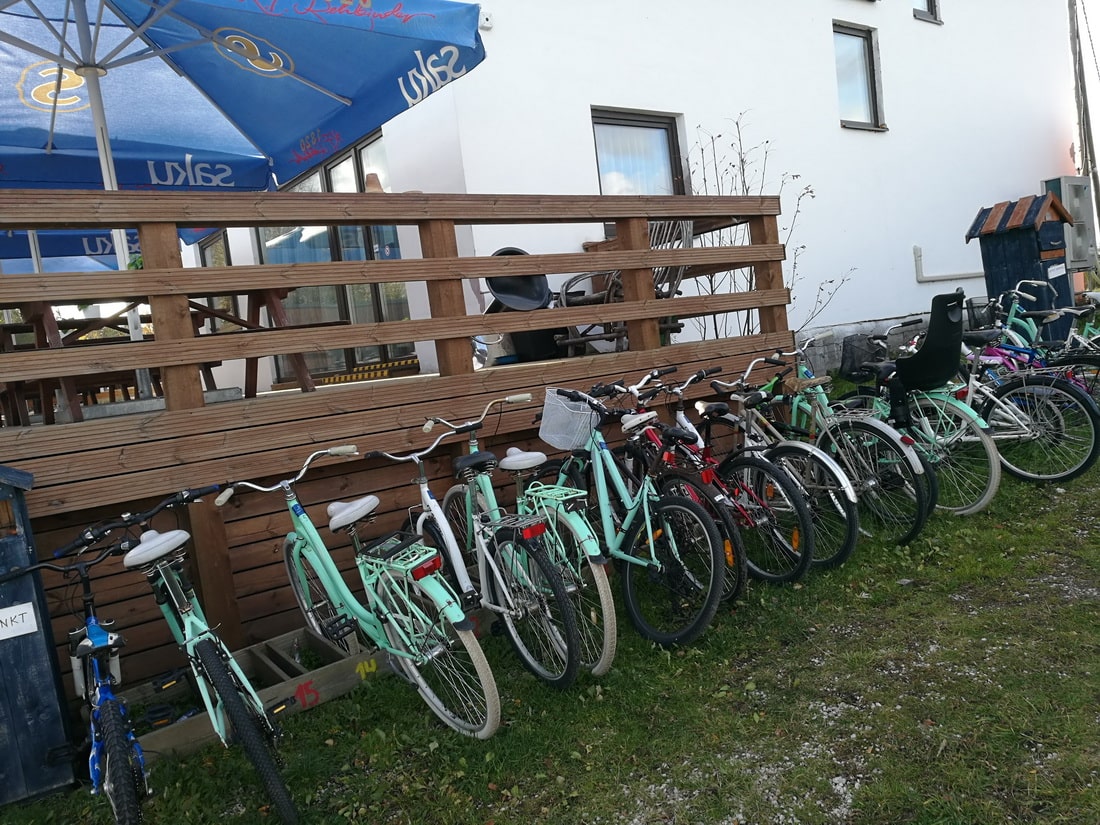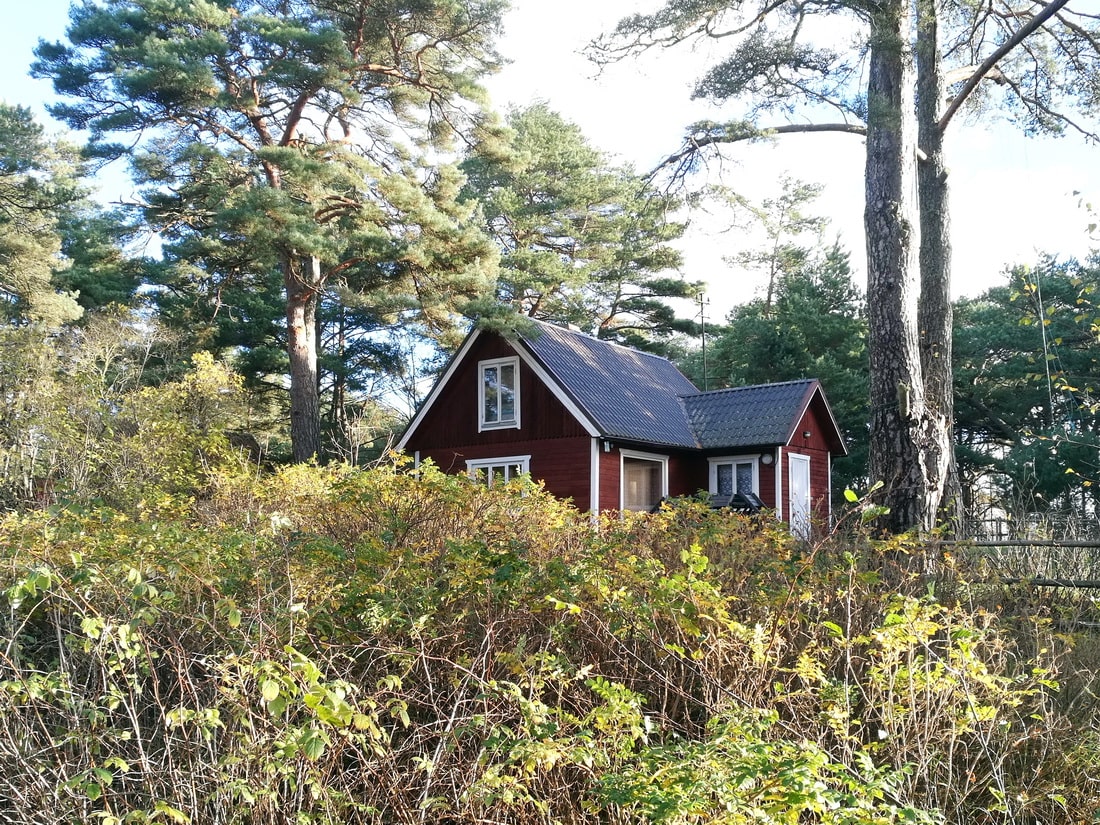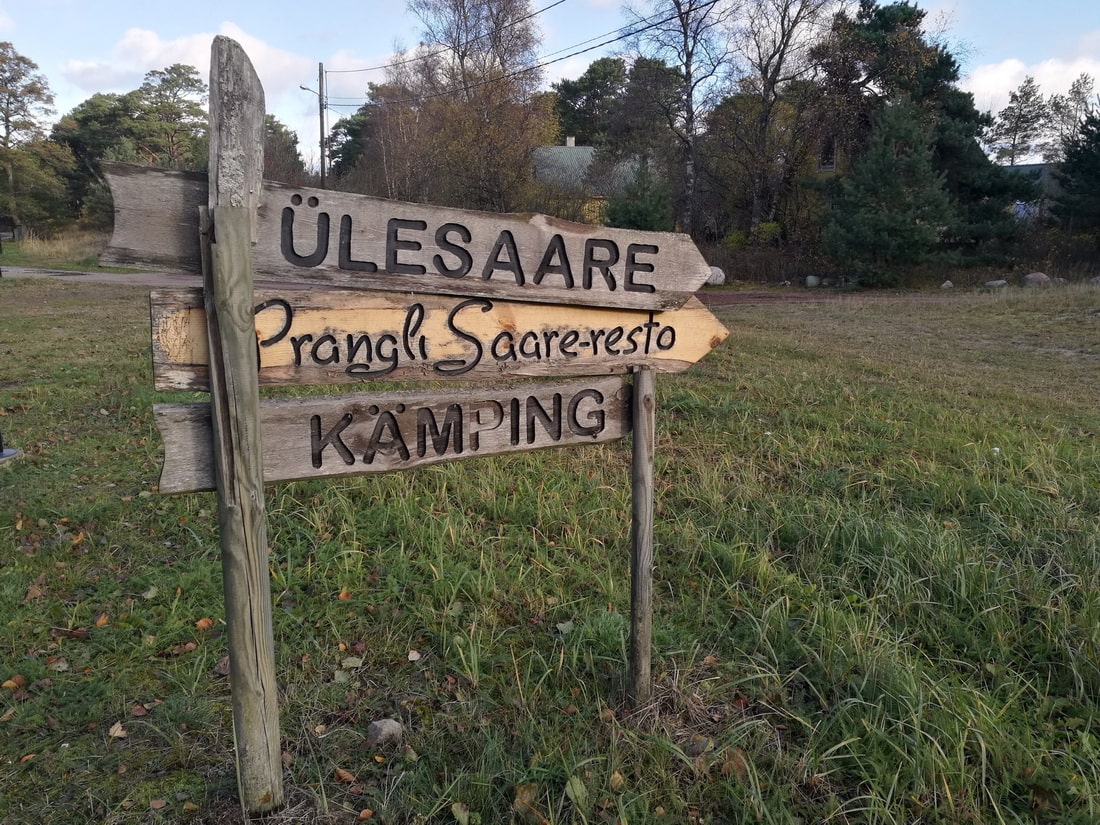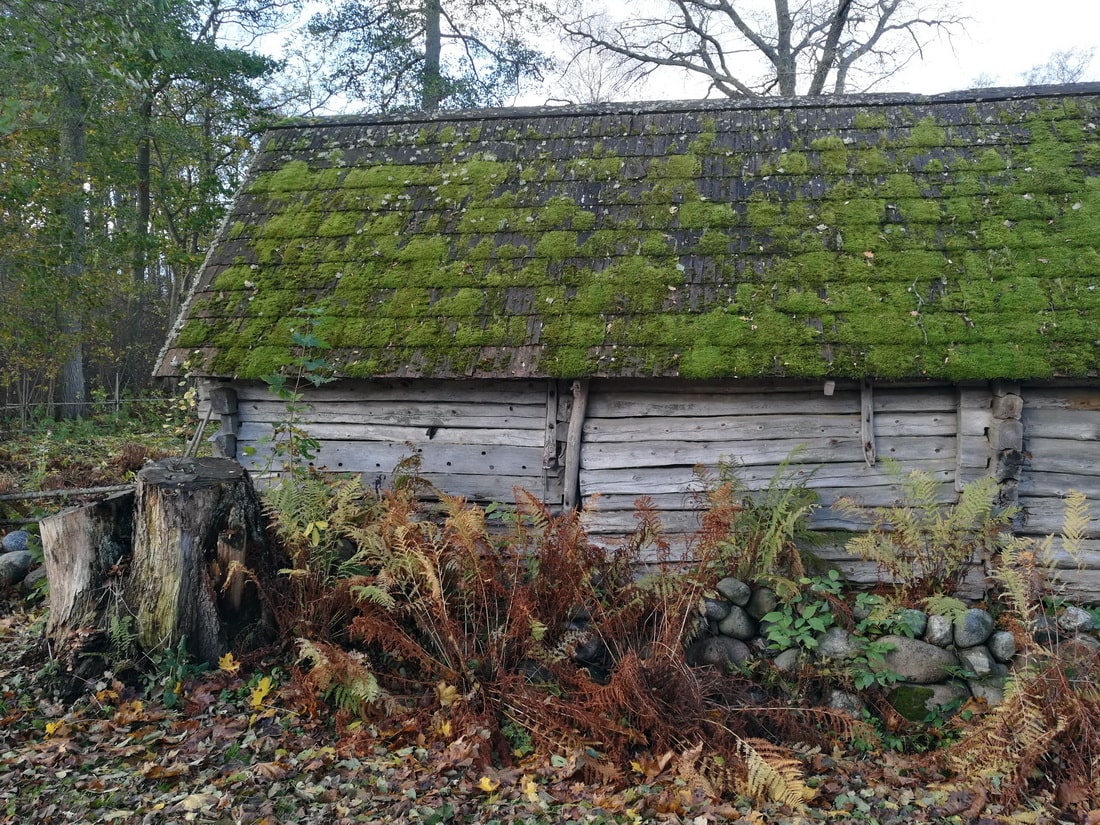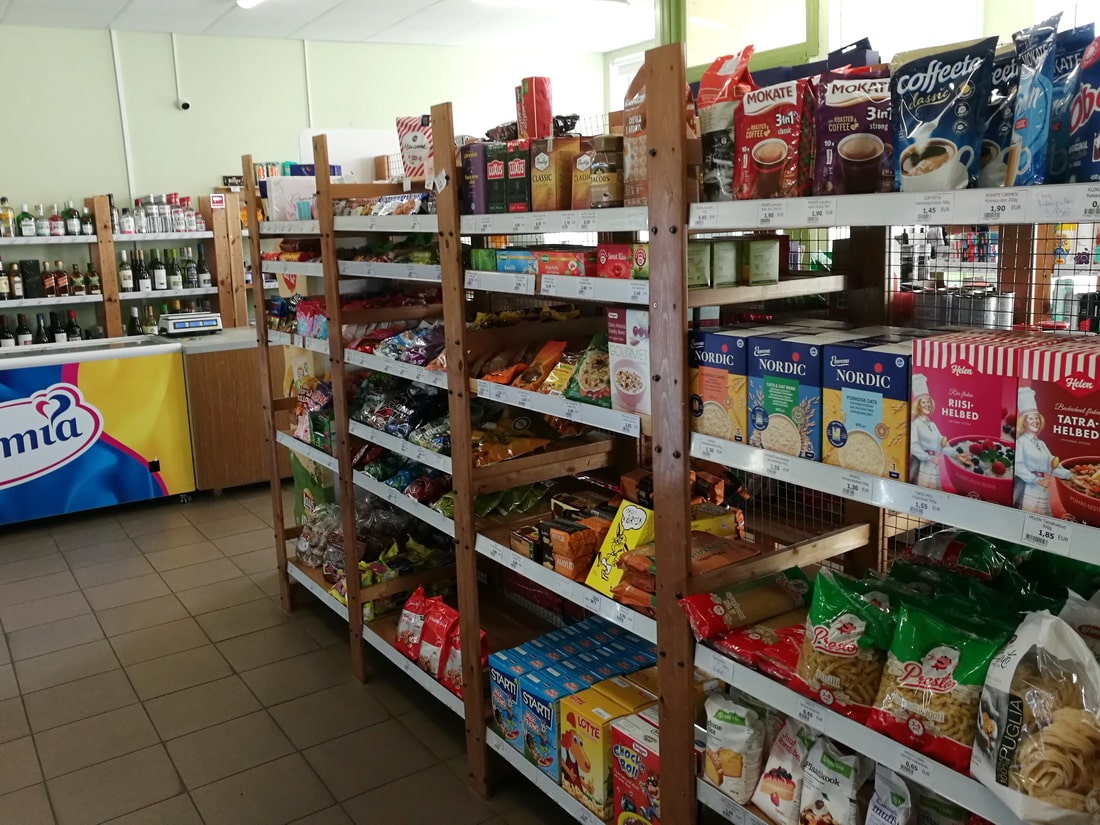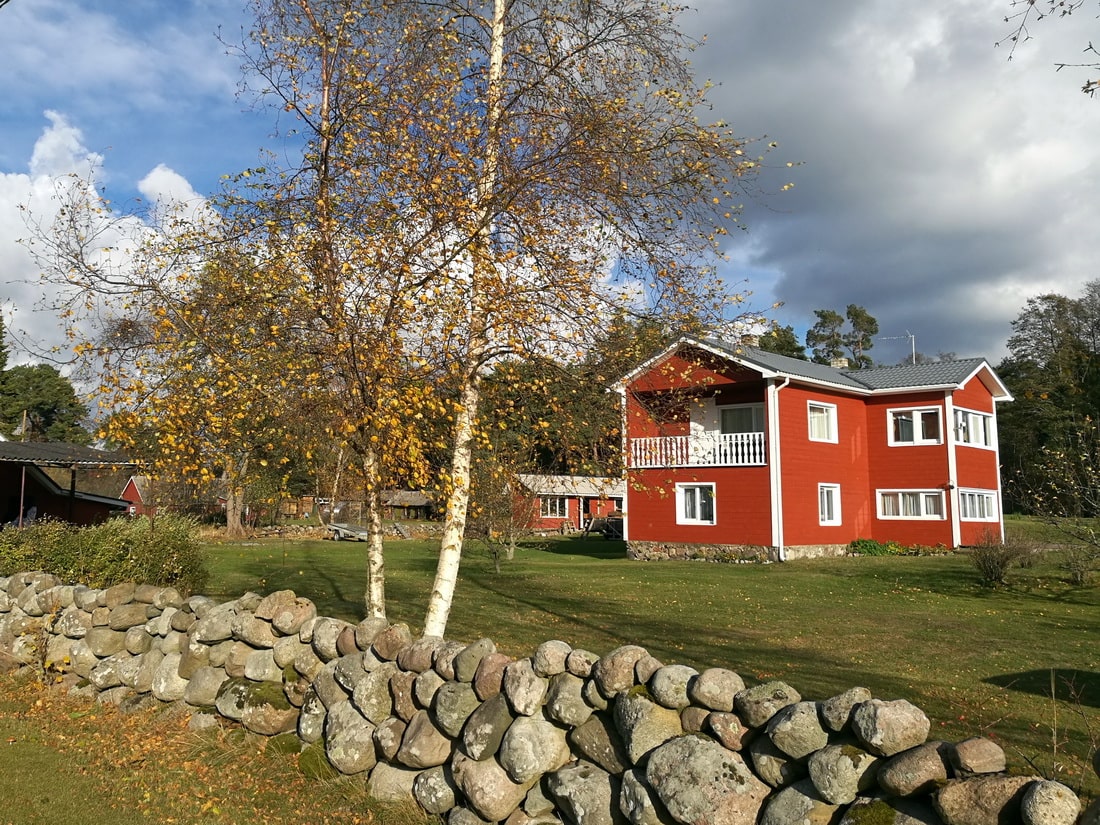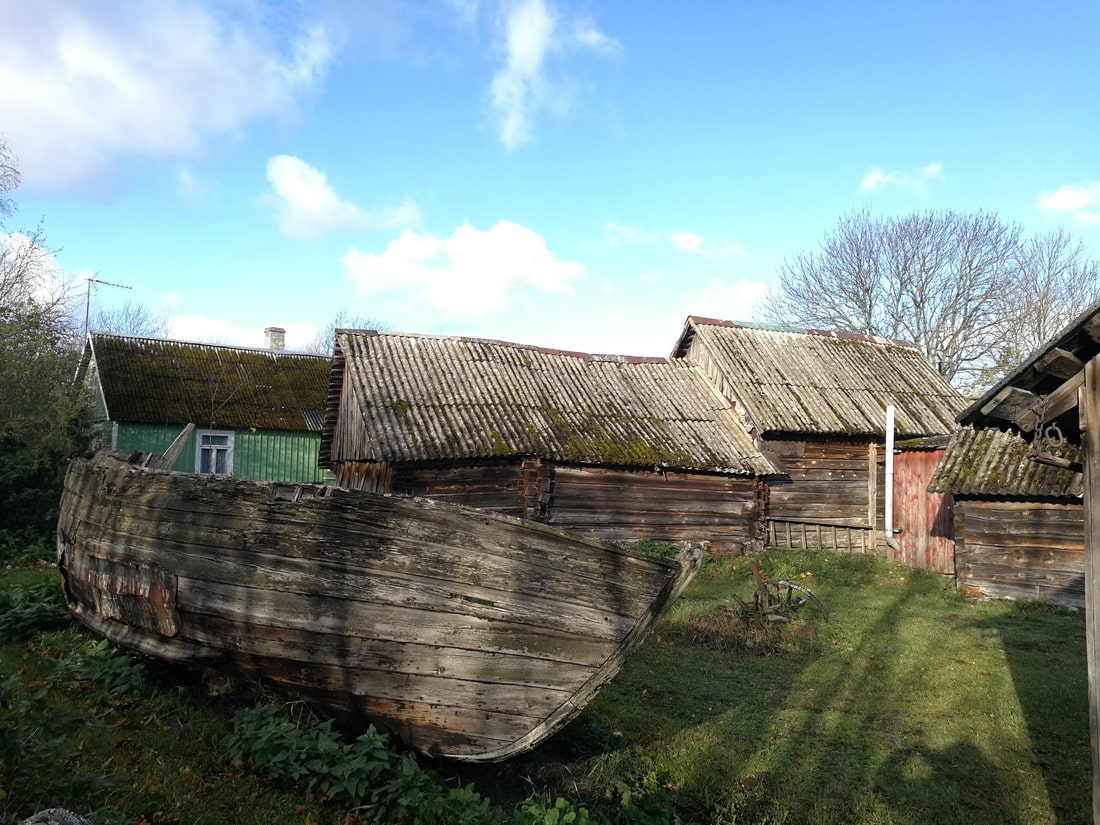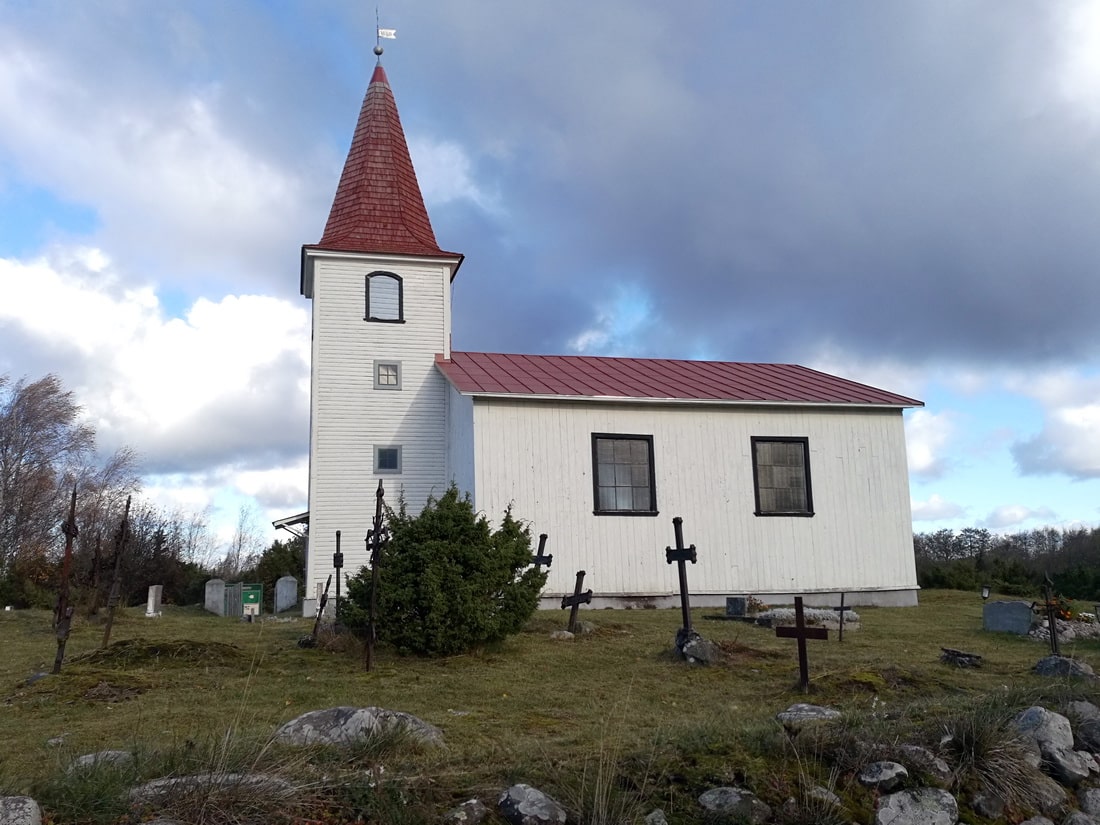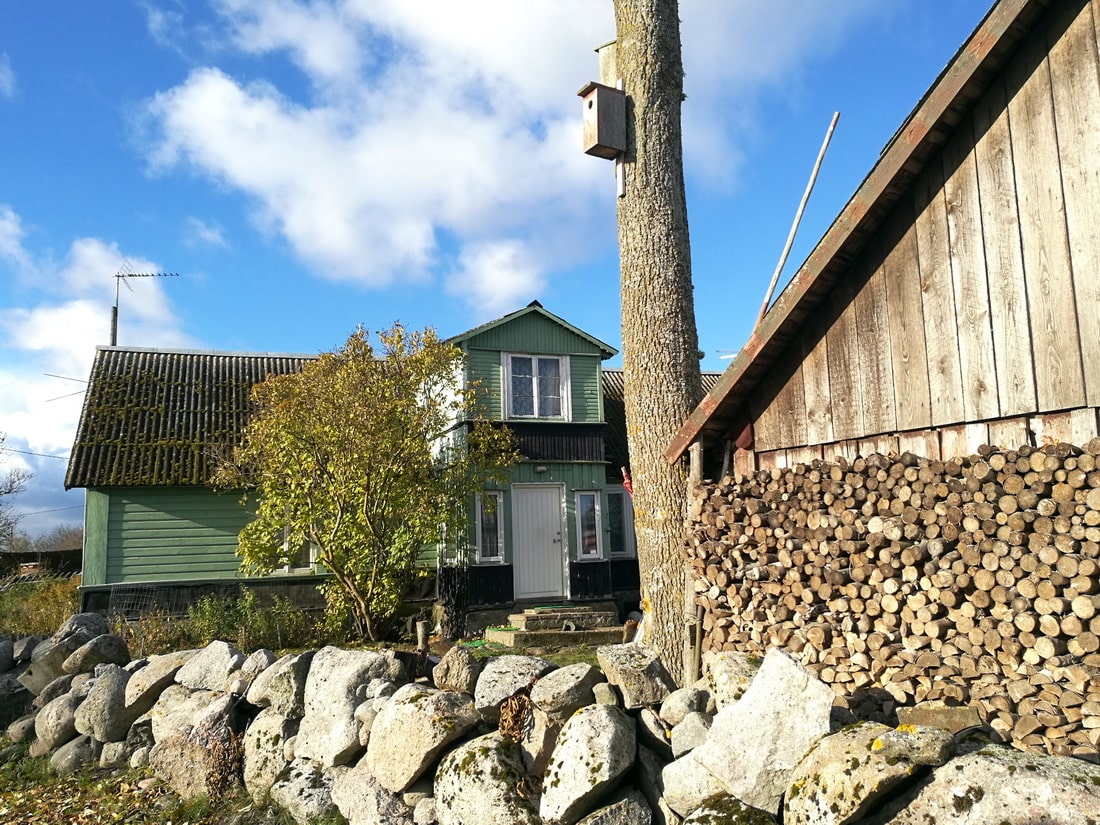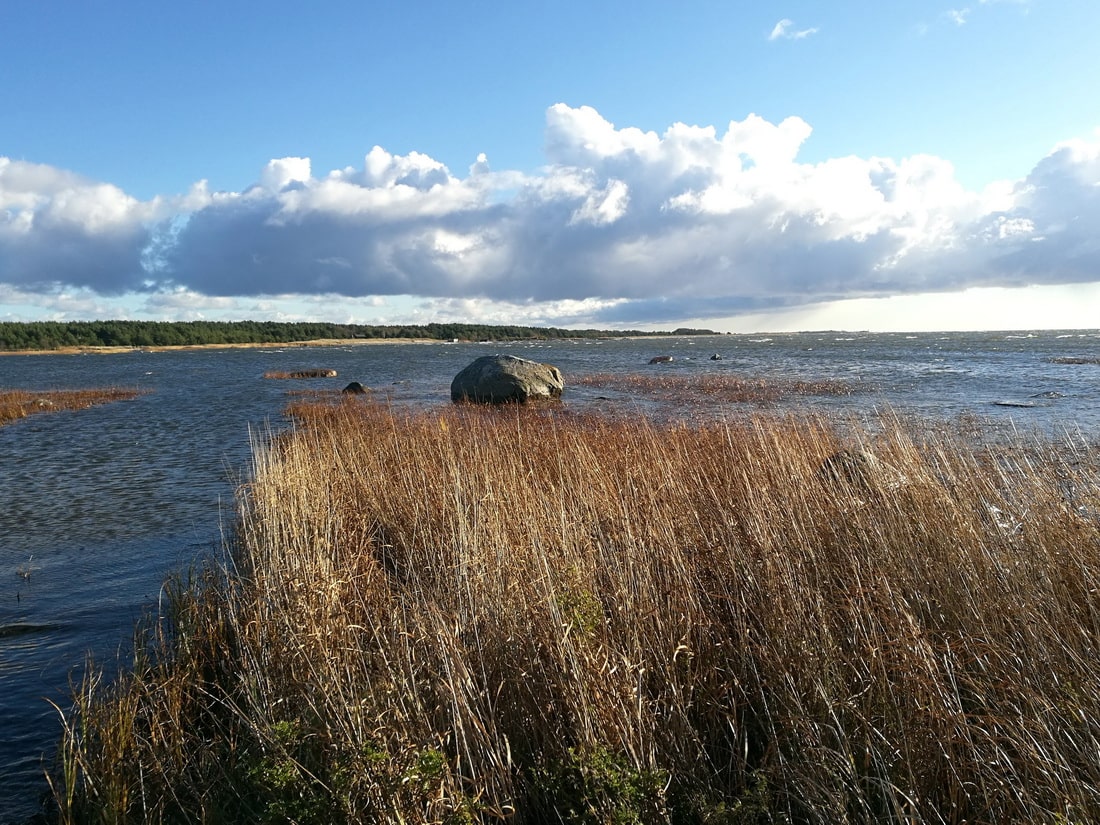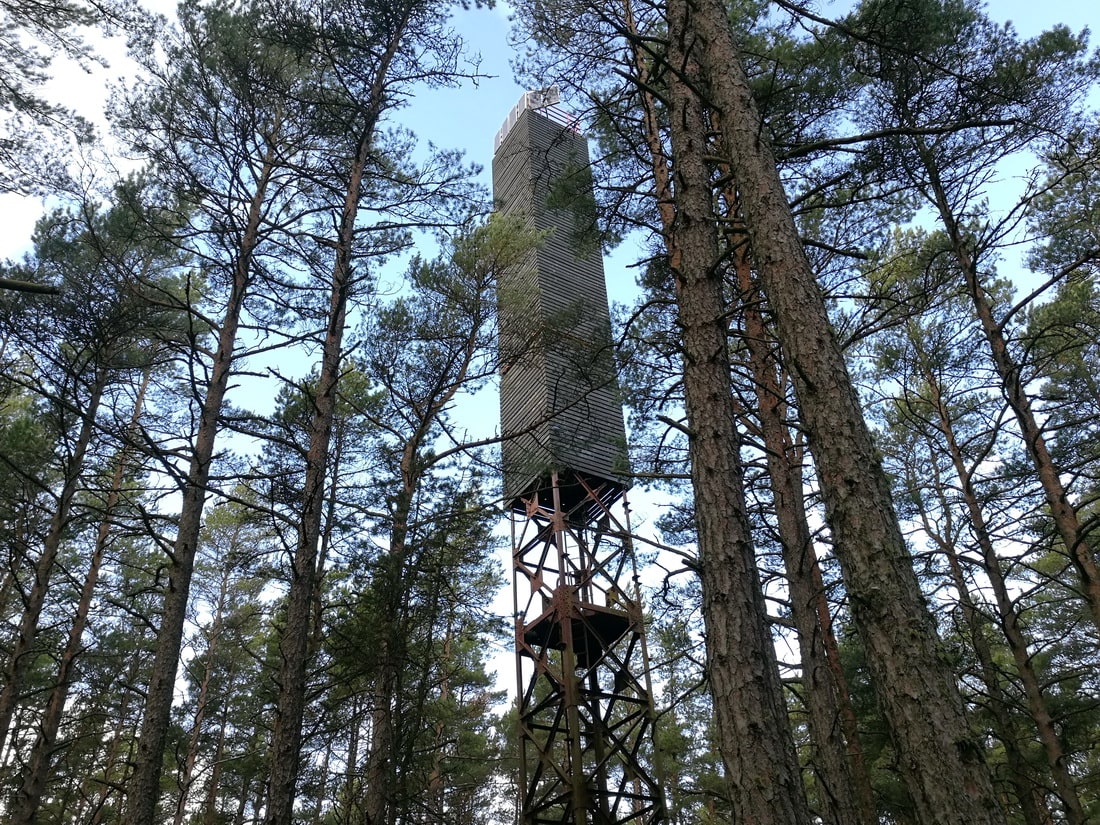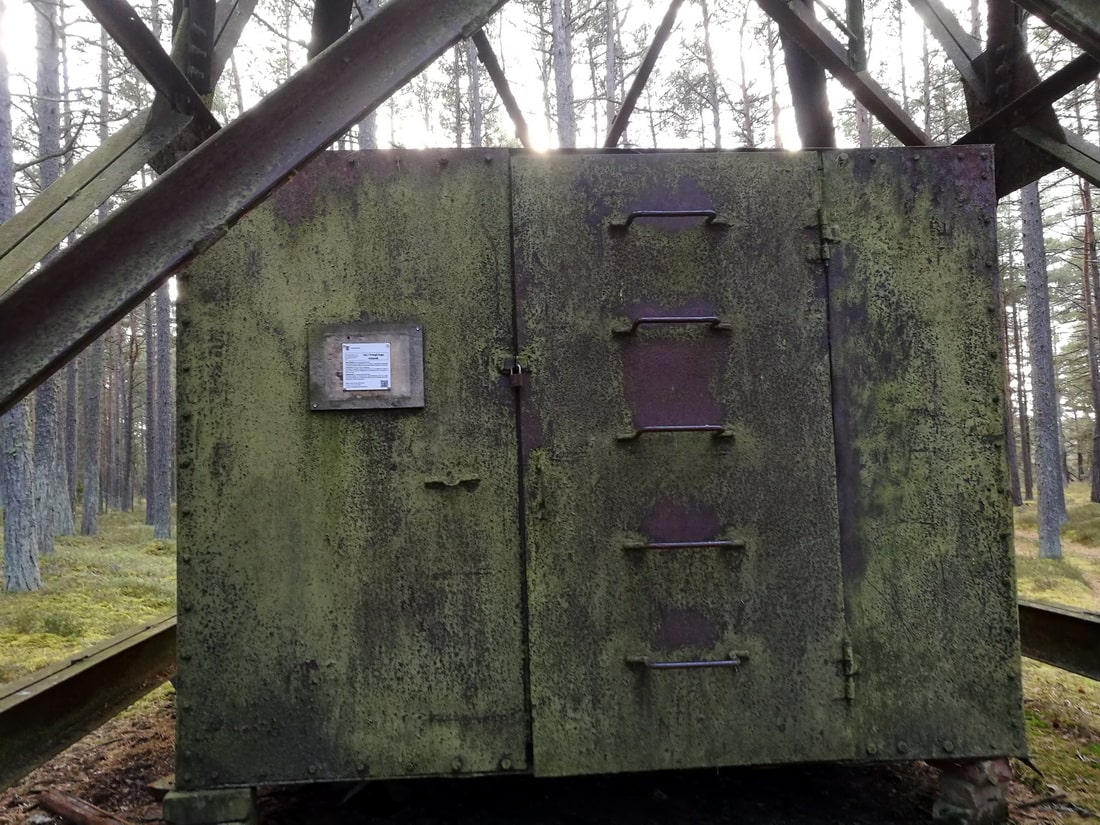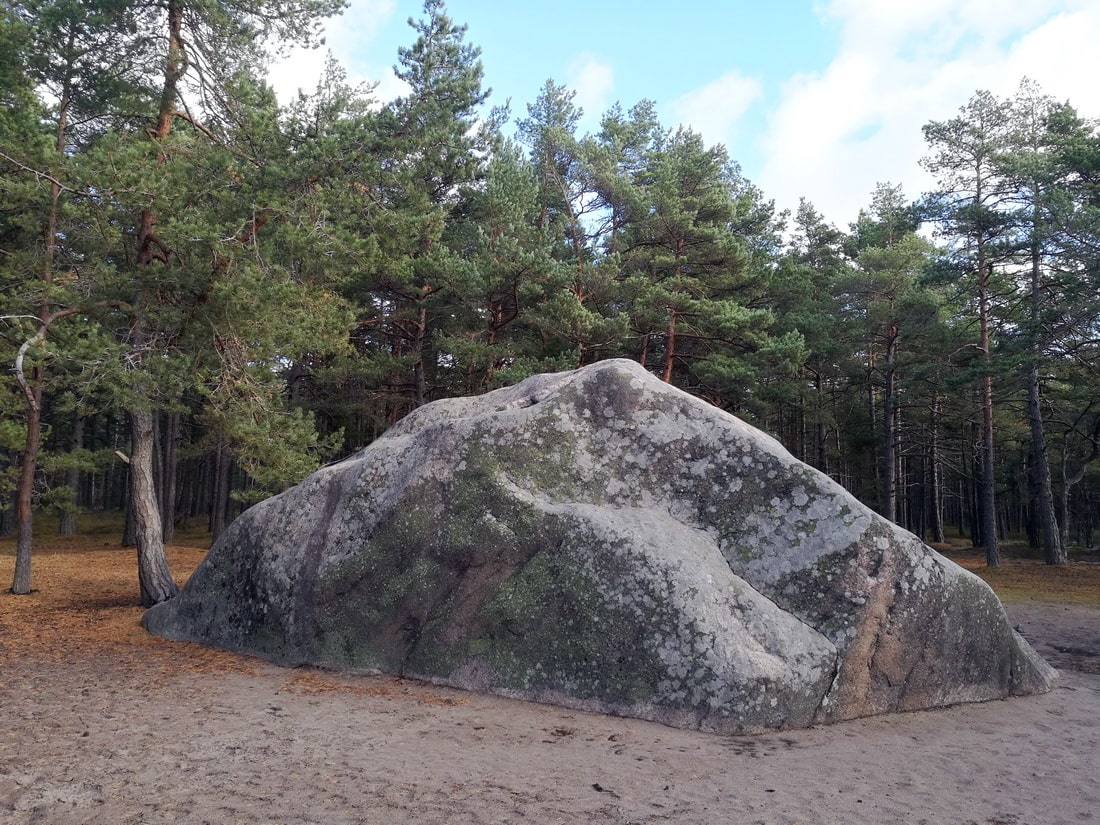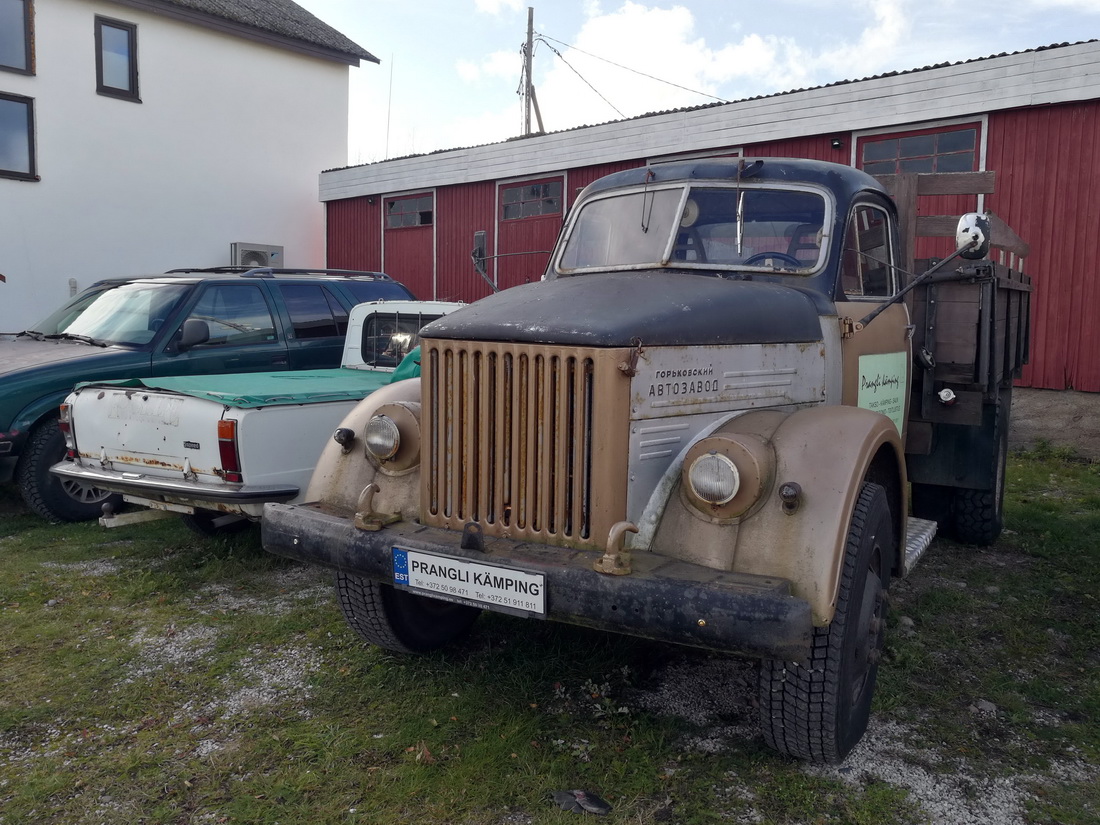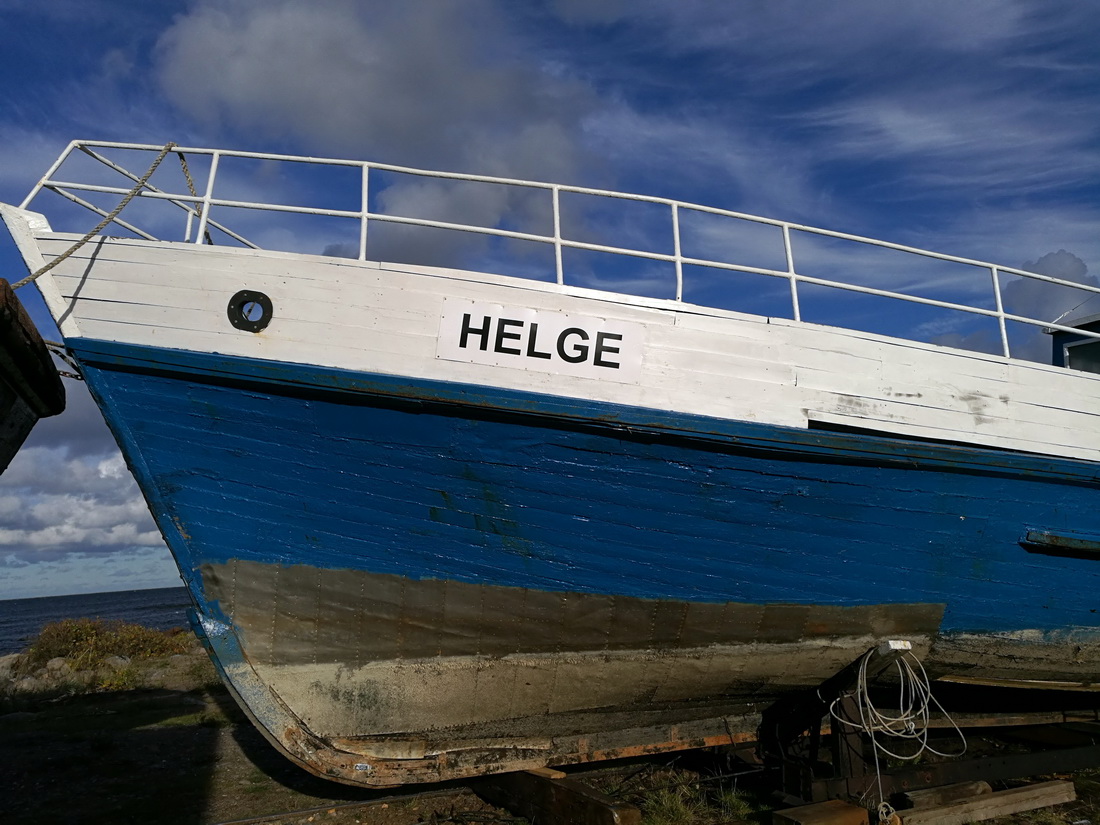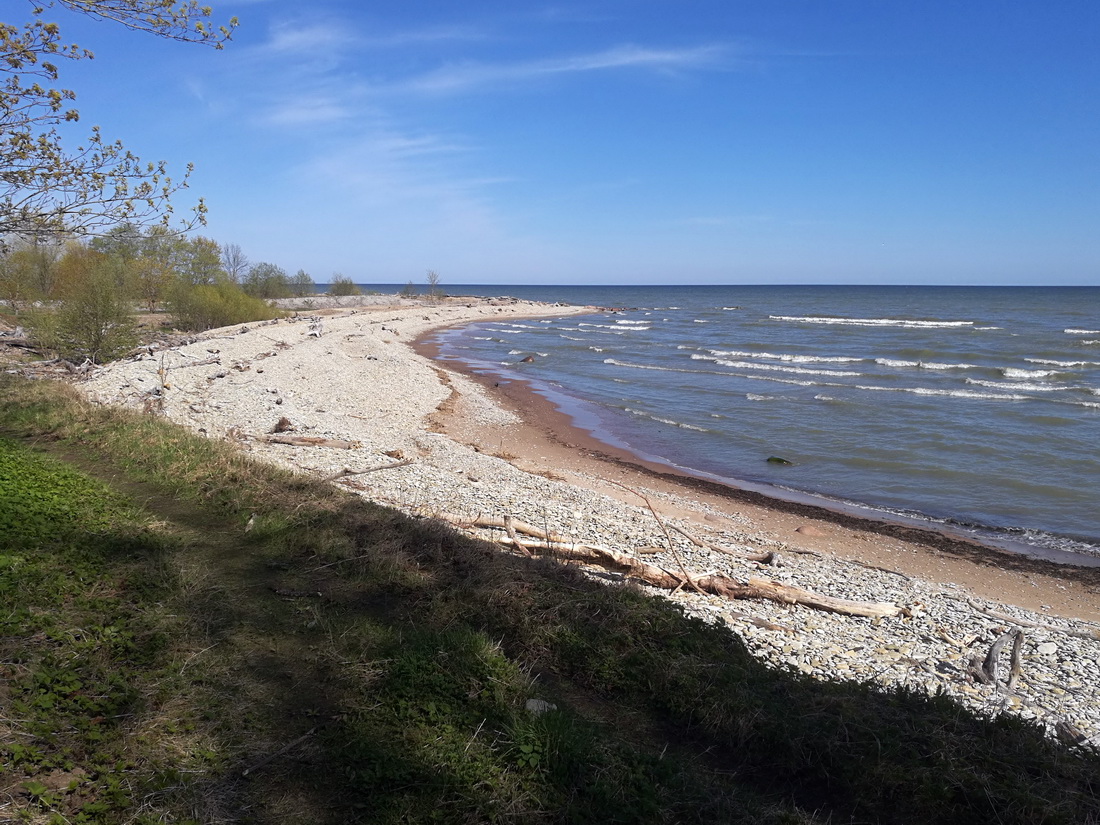Welcome to Prangli Island: six square kilometers of forest, sand, Baltic air, and quietly stubborn locals who’ve lived here for generations. You probably won’t find it on the cover of a travel magazine — and that’s exactly the point.
I went expecting… well, not much. I left wondering why we don’t all do this more often: get on a boat and go somewhere that’s not trying to impress anyone.
In brief:
- Size: 6 km² — that’s about 5.5 times the size of Tallinn’s Old Town, but with far fewer coffee shops.
- Population: Around 75 full-time residents, give or take a ferry schedule.
- What’s there: A wallpapered wooden church (yes, wallpaper), sandy beaches, pine forests, and a mysterious gas flame in the middle of nowhere.
An Island That Doesn’t Perform for Tourists
You don’t come to Prangli for the “sights.” There’s no curated trail with plaques and photo ops. Instead, the island gently reveals itself — a few weathered villages, one small shop (pood, as Estonians say), a post office, and a community center that handles everything from folk concerts to local elections.
The church is usually closed, but guidebooks whisper about its wallpapered interior — a rare touch in Estonia and weirdly comforting. The building stands quiet, modest, and not particularly photogenic. Which is sort of the theme of Prangli in general.
There are cars — yes. But not many. Locals drive them, and some visitors bring theirs over on the ferry. Still, you can walk straight down the middle of the road for most of the day and never have to move aside. If a vehicle does pass, it’ll probably wave.
Teenagers buzz by on scooters, a fisherman fixes his nets, and dogs seem to have the full run of the place. Prangli isn’t frozen in time — it just doesn’t seem to care what time it is.
A Bit of History, Quietly Left Lying Around
People have lived here since the 1200s. The island has changed names more than once: Wrangö in Swedish, Bolshoy Wrangell during the Russian Empire, and later, just Prangli — under Estonian skies and Soviet rule.
The Soviet period left scars. Barbed wire once lined the northern coast. Families weren’t allowed to fish together — the authorities assumed any group in a boat might be heading for Finland. Today, remnants are still visible if you know where to look: old root cellars dug deep into the earth, a rusted boat once used for seal hunting, and a quiet memorial in the forest.
That memorial marks the resting place of dozens of soldiers who died in 1941 when the Soviet steamship Eestirand ran aground while evacuating troops. Many survived. Some did not. White wooden crosses still stand in the trees — no big signs, no ceremony. Just history, quietly left in place.
Pines, Gas, and the Occasional Fox
Prangli’s nature isn’t dramatic — it doesn’t shout. But it grows on you. There are sandy beaches and crooked pine forests, wild juniper and stone outcrops, and the kind of stillness you only notice when it’s suddenly broken by the rustle of a fox or a distant gull.
In spring, migratory birds stop here in huge numbers. Birdwatchers know; the rest of us just look up and go “huh.”
And then there’s the gas flame. Yes — a real, natural gas leak, quietly burning in the middle of a meadow. It’s been going for decades. Someone even put up a painted sign: GAAS. If you bring a kettle, you could boil tea over it. Not recommended — but entirely possible.
There’s also a lighthouse, which you can admire from below (no access), and hiking trails that meander through forest and along the coast. You’ll probably have them to yourself.
When Nothing Happens (And That’s the Point)
Prangli doesn’t try to sell you an experience. It just is. And somehow, that’s the most restful thing of all.
You walk, breathe, stop for no reason. A rock becomes a seat. The sea becomes background noise. And at some point, you realize: you haven’t looked at your phone in two hours. Not because you’re being mindful — just because there’s nothing pressing to scroll.
It’s not for everyone. But if you need a reset — a literal and figurative island — Prangli is waiting, quietly, just across the water.
Getting There
By ferry:
Sunlines operates year-round ferries from Leppneeme Port (on the Viimsi Peninsula) to Kelnase Port on Prangli Island.
- In summer: several departures daily
- Off-season: one per day
- Tickets: around €16 round-trip — bookable online
From Tallinn to Leppneeme:
Take bus 1 from the city center (Viru stop) to Viimsi keskus, then transfer to local bus V4, which takes you straight to Leppneeme Port. The connection is easy — even if you’re half-asleep. The journey takes around 50–60 minutes.
